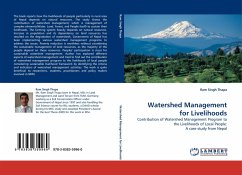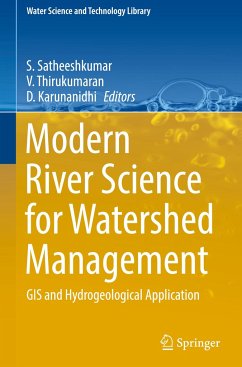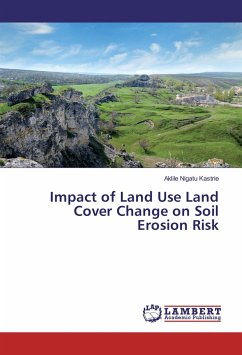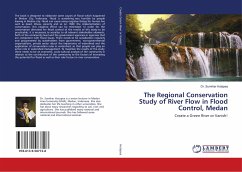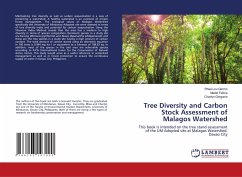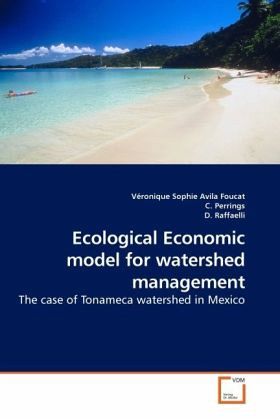
Ecological Economic model for watershed management
The case of Tonameca watershed in Mexico
Versandkostenfrei!
Versandfertig in 6-10 Tagen
52,99 €
inkl. MwSt.

PAYBACK Punkte
26 °P sammeln!
Coastal environmental impacts are generally due to both local and remote land uses. Eutrophication of coastal waters, for example, may be due to local urbanization and tourist development, but typically also stems from nutrient flows from agriculture away from coastal areas. To deal with this problem, catchment and coastal management need to be integrated. Management recommendations need to be supported by integrated analysis linking the geographically dispersed drivers of change from an interdisciplinary ecological economics perspective. This book presents an ecological economic model that em...
Coastal environmental impacts are generally due to both local and remote land uses. Eutrophication of coastal waters, for example, may be due to local urbanization and tourist development, but typically also stems from nutrient flows from agriculture away from coastal areas. To deal with this problem, catchment and coastal management need to be integrated. Management recommendations need to be supported by integrated analysis linking the geographically dispersed drivers of change from an interdisciplinary ecological economics perspective. This book presents an ecological economic model that embeds agriculture externalities to existing food web models within fishery and tourism production functions. The aim is to identify optimal management strategies for catchments in which changes in nutrient loads have consequences for the relative abundance of economically important species. The model is calibrated on data for the Tonameca catchment, located on the coast of Oaxaca in Mexico.






